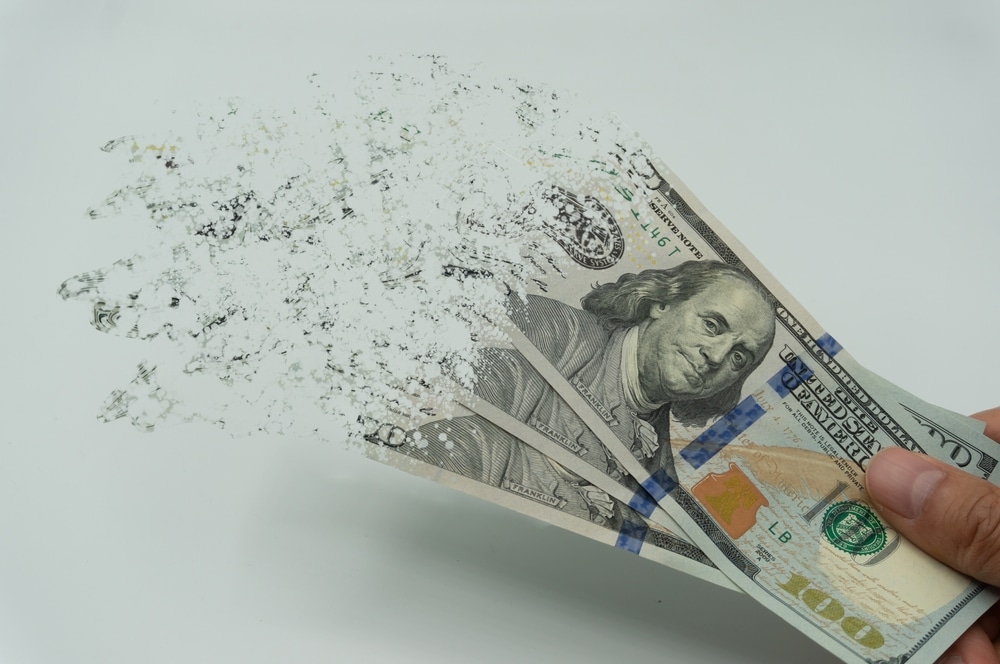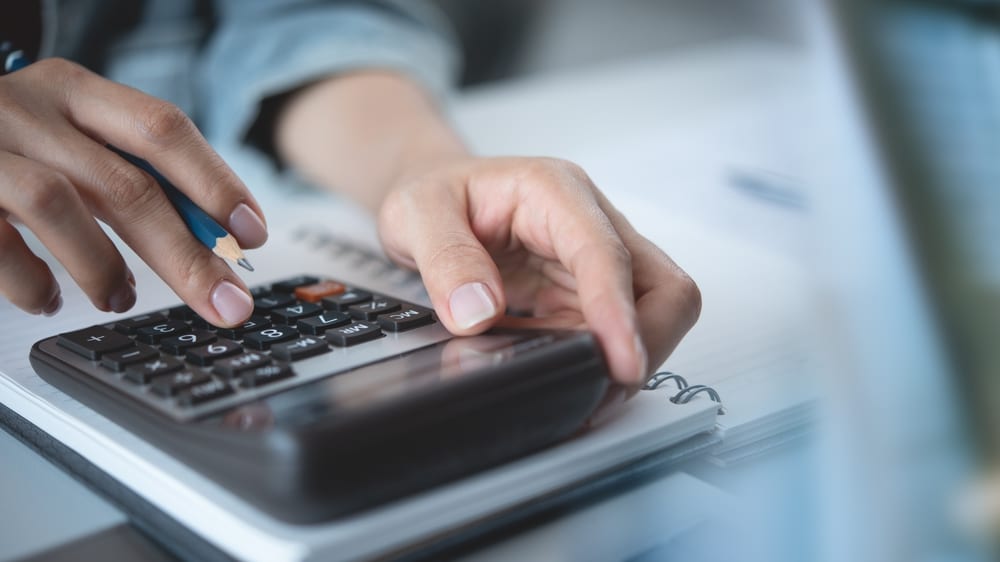Managing your finances can sometimes feel overwhelming, especially when trying to make every dollar count. However, by adopting a zero-waste budget, you can ensure that each dollar is allocated purposefully, minimizing waste and maximizing satisfaction. This approach not only promotes financial efficiency but also aligns with sustainable living principles by reducing unnecessary expenditures and emotional spending.
Whether you’re trying to save more, get out of debt, or simply spend with more awareness, this method helps you do it all—without guilt. In this guide, we’ll walk you through the steps to create a zero-waste budget that reflects your personal values and supports your financial goals. The best part? You don’t need to be a finance expert to get started. Just a little planning, consistency, and intention can completely shift the way you manage your money.
What is a Zero-Waste Budget?
A zero-waste budget means giving every dollar a job. Just like a zero-waste lifestyle avoids unnecessary trash, a zero-waste budget avoids unnecessary spending. It’s about purposefully allocating money, so nothing slips through the cracks. No forgotten subscriptions, no vague “miscellaneous” categories, and no leftover cash that ends up fueling impulsive spending.
Instead of using a “spend-what’s-left” mentality, you take control of your money the moment it comes in. It’s not about restriction—it’s about being clear and confident with where your money goes. Think of it as minimalist budgeting. You’re only spending on what truly matters, and letting go of the financial clutter.

Step 1: Know Where You’re Starting
Before you start building your zero-waste budget, you need to understand your current financial situation. This can feel intimidating at first, but it’s a crucial step that will pay off big time.
Here’s how to start:
- Track all income: Write down your monthly income from every source—your job, side hustle, child support, rental income, etc.
- List fixed expenses: These are your regular bills like rent, insurance, subscriptions, and utilities. They don’t change much from month to month.
- Analyze variable expenses: Look at groceries, gas, eating out, shopping—these change every month. They’re also the biggest area for waste.
- Spot wasteful spending: Scan your recent bank statements and look for patterns. Are you overspending on takeout? Subscriptions you forgot about? This is where the leaks usually happen.
A solid zero-waste budget begins with clear visibility. Don’t skip this step!
Step 2: Create Budget Categories That Reflect Your Life
The beauty of a zero-waste budget is that it’s 100% customizable to you. Don’t just use generic budgeting apps and templates—build categories that reflect your real life.
Essentials First:
- Housing
- Utilities
- Food
- Transportation
- Insurance
- Healthcare
Then, Personal Priorities:
- Debt repayment
- Emergency fund
- Retirement savings
- Travel
- Hobbies
- Kids’ activities
- Pets
Assign each dollar a destination based on what matters to you—not just what the average person budgets for. This makes your budget more realistic, and way easier to stick to. And yes—fun money should be in there too! A zero-waste budget isn’t about deprivation. It’s about smart intention.

Step 3: Plan Your Spending Down to Zero
Now that you’ve got your categories, it’s time to distribute your income. This is where the “zero” in zero-waste budget comes in.
The goal: Your income minus expenses should equal zero.
It doesn’t mean you spend every cent—it means every dollar has a role. For example, if you have €200 left after paying bills, you can assign that to your savings, your emergency fund, or extra debt payments.
This system:
- Eliminates guilt about spending (“I planned for this!”)
- Prevents mindless spending (“Oops, I forgot about that!”)
- Builds savings without trying (“It’s built-in!”)
Whether you prefer to do this on paper, in a spreadsheet, or with a budgeting app, the key is that nothing is unassigned. That’s the heart of a zero-waste budget.
Step 4: Keep It Flexible—But Accountable
Life isn’t static, and your zero-waste budget shouldn’t be either. Unexpected costs pop up. Plans change. That’s okay.
Each month, give yourself permission to tweak your budget. Maybe groceries were higher than expected this month, but you didn’t need to fill the gas tank as often. You can shift things around without derailing your progress.
Just make sure:
- You’re honest about changes
- You adjust other categories to make up the difference
- You track where the money goes
This balance of structure and flexibility is what makes a zero-waste budget sustainable long term.
Step 5: Automate the Essentials
The more automated your budget, the less chance there is for things to slip through the cracks.
Here are a few things you can automate:
- Bill payments
- Transfers to savings
- Debt repayments
- Investments
- Sinking funds for things like holidays or car repairs
Set it and forget it (mostly). Automation supports your zero-waste budget by ensuring priorities are taken care of first—before temptation strikes.
Step 6: Use Cash or Prepaid Cards for Discretionary Spending
To avoid overspending, especially in categories like dining out or entertainment, try the envelope method. Take out the budgeted amount in cash, or use a prepaid card that you load at the start of the month.
Once it’s gone—it’s gone.
This method:
- Encourages mindful choices
- Helps you stick to your limits
- Supports the zero-waste mindset
This small habit can make a big impact on keeping your zero-waste budget clean and consistent.

Step 7: Review and Reflect Monthly
Your budget should evolve with your life. Set aside 30 minutes at the end of each month to review:
- What worked?
- What didn’t?
- What needs adjusting?
- Are you still aligned with your financial goals?
This check-in keeps your zero-waste budget from becoming “set it and forget it.” It’s a living, breathing tool that grows with you. Plus, celebrating small wins (like saving €100 extra or sticking to your dining out budget) builds momentum and confidence.
The Emotional Side of Budgeting
Let’s talk guilt and shame—because they often creep in with money. A zero-waste budget helps to reduce those feelings. When every dollar has a purpose, you’re less likely to feel bad about spending money. You’re also less likely to compare yourself to others. You’ve got a plan—and that plan is uniquely yours.
You stop asking:
- “Can I afford this?”
- “Should I be saving more?”
- “Why can’t I stick to a budget?”
And start asking:
- “Does this fit into my plan?”
- “Am I proud of how I used my money this month?”
That shift is powerful.
Bonus Tips for Zero-Waste Budget Success
- Start with one month at a time. Don’t overcomplicate it.
- Create a buffer account. For small surprises—without touching your savings.
- Give your budget a fun name. Make it personal and less intimidating.
- Involve your partner or kids. Budgeting is a life skill.
- Track your wins. A visual tracker or budget journal can help.
The more enjoyable you make the process, the more likely you are to stick with your zero-waste budget for the long haul.
Creating a zero-waste budget isn’t about cutting out joy—it’s about cutting out the stuff that doesn’t matter. It allows you to spend with intention, save with clarity, and live with peace of mind. Whether your goals are big or small, this approach helps you build the life you want—without wasting time, money, or energy on things that don’t serve you. Every euro, every dollar, every cent is accounted for. That kind of focus not only boosts your bank account but also your confidence. Start today, and give your money a mission. With a zero-waste budget, you’ll spend smarter, save faster, and feel better—every step of the way.
Do you want to learn more tips & tricks on all things finance? Just visit our Finance category and read on!











